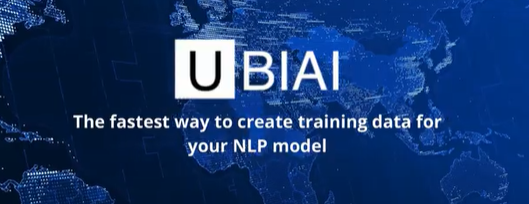Today, text annotation tools are one of the most prominent parts of machine learning. Research areas such as search engines, Chabot’s, sentiment analysis, and virtual assistants require text annotation tools to better train the machine learning models.
The machine learning industry and AI research require a large amount of annotated data. High-quality annotated data is like a goldmine for them. However, finding and creating this enormous amount of annotated data can be an arduous task and most of the time expensive.
Fortunately, text annotation tools can help annotate this huge amount of data in a matter of time. These annotation tools help with named entity recognition annotation, entity extraction, sentiment analysis, relation annotation, document classification, and more.
With this article, we are going to expound on easy-to-use annotating tools for your machine learning projects. While you are looking for annotating tools to use, you can select the best annotating tools for natural language processing. The success of your projects will depend on the quality of the model, and the training data you feed it.
1. UBIAI
UBIAI is an easy-to-use text annotation tool. It allows you to create training data for your machine learning model. The tool offers named entity recognition annotation, relation annotation, and document classification. It is equipped with high-quality features such as pre-annotation using dictionaries and regular expressions, smooth user interface, ML model training to auto-label your documents. In addition, its unique OCR annotation enables users to annotate directly on native PDFs, JPEG, or PNGs to generate training data for invoice recognition. Last but not least, it offers a comprehensive team annotation feature for large organizations.
2. Brat
It is text annotation software that needs to be installed locally. It is said to have been explicitly designed for structured annotation. It has familiar double-clicking gestures and relationship functionalities. They export files in brat standoff form, which can easily be converted to another format.
3. Prodigy
Active learners power their annotative tool. It’s used in boosting a sleek, modern inference. Its active learning aspect only needs you to annotate the examples the model doesn’t know its answers to, speeding up the annotation process. It’s self-hosted and supports image annotation.
4. LightTag
The LightTag tool is used by many machine learning companies and text annotators for labeling machine learning data. Their starter package is free but every advanced package increases cost-wise. Also, there is a limit on the monthly annotation, starting at 1000 annotations per month. In addition, the reviews on toplistall.com can also help you easily choose the most suitable tools.
5. Tagtog
It is a web-based annotation tool of which their web interface is straightforward. It offers a variety of flexibility in any format you can choose for your work, from plain text, working URL, or uploading files or pdfs directly. It is free and easy to use for its basic functionalities and providing various formats.
Conclusion
Selecting the right tool for your project should be the first step. With these text annotation tools, you can fulfill the basic requirements for name entities recognition and classification of the data. Therefore, the tool for you to choose will mainly depend on your personal preference and specific annotation needs. If you still don’t know which one to choose, you can read more reviews on bestreviewlist.com or listofreview.com to choose suitable tools.










